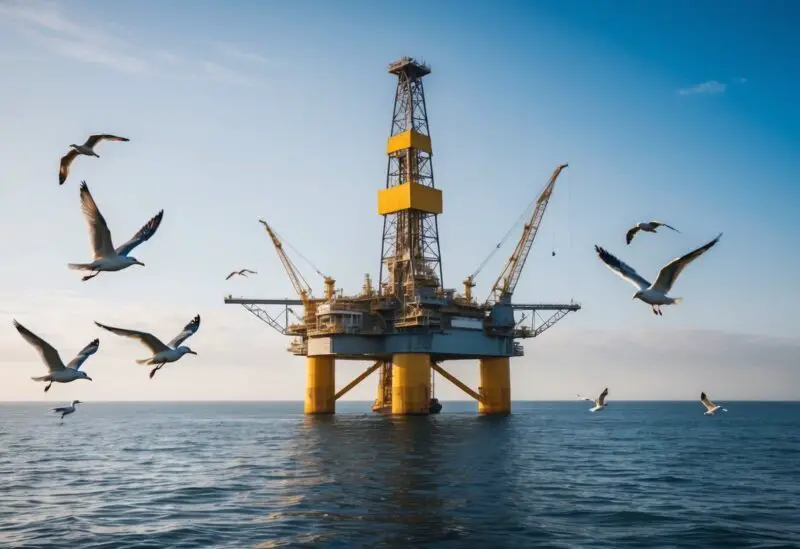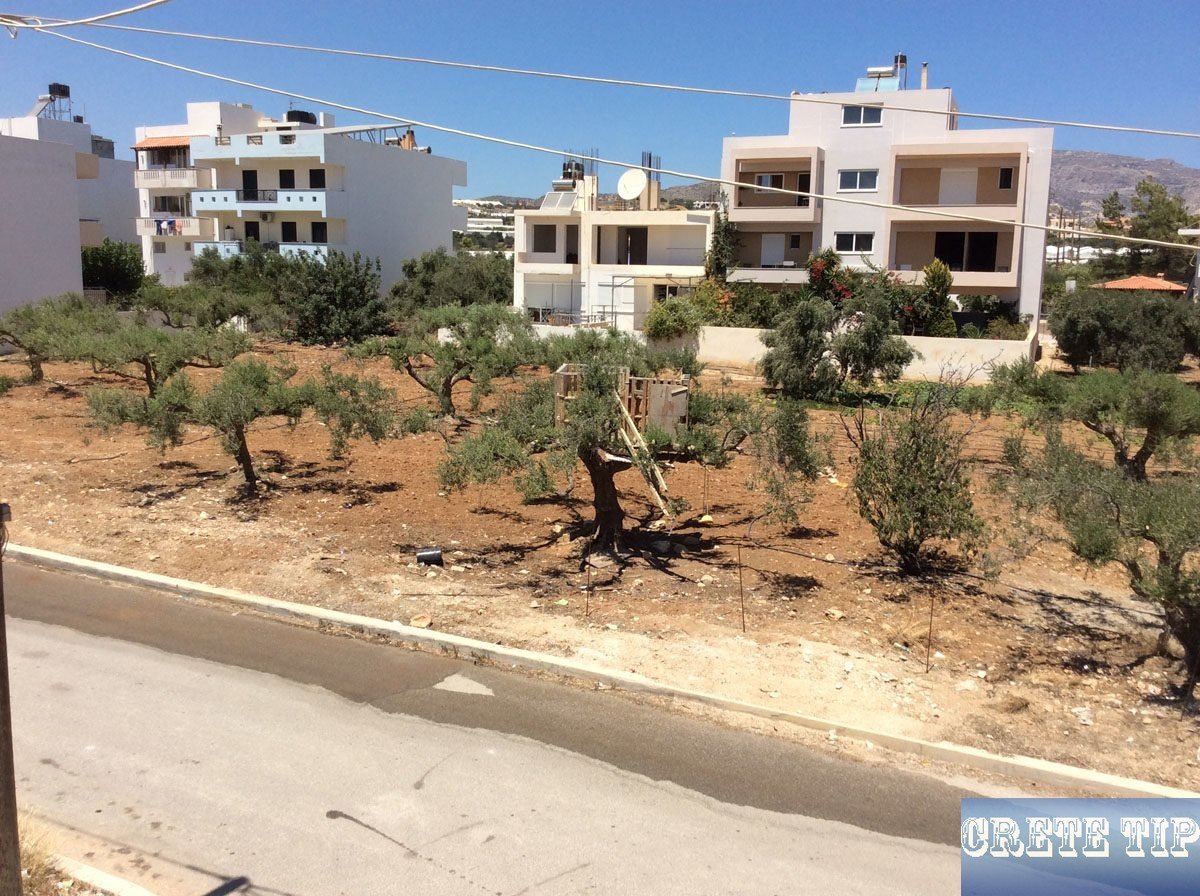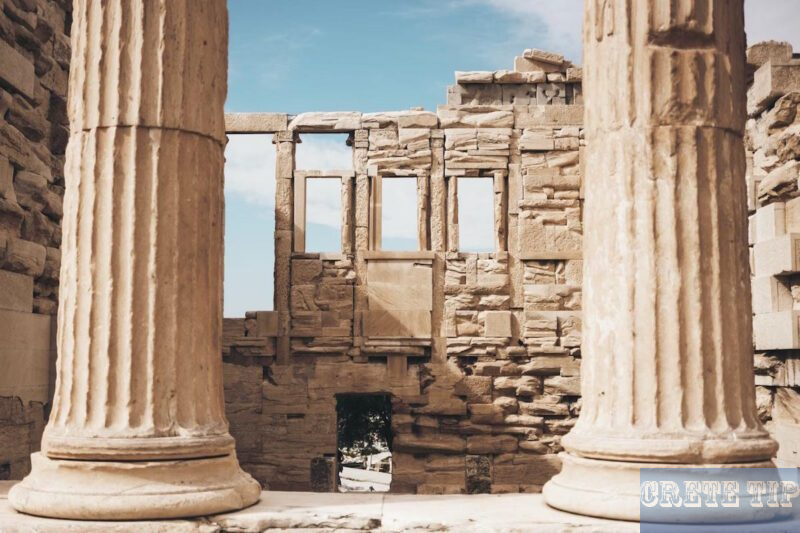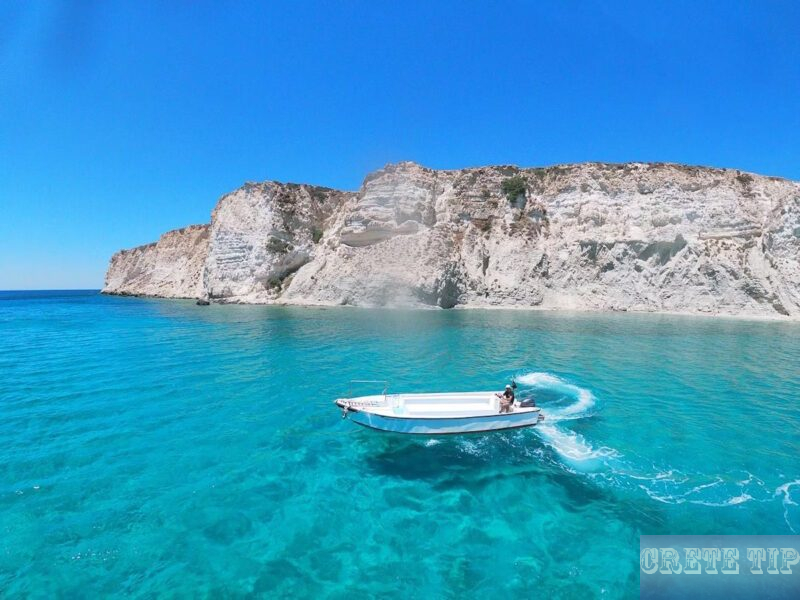Libya claims maritime areas near Crete and Turkey submits a maritime spatial plan to UNESCO, directly challenging Greek sovereignty in the Aegean Sea.
Tripoli Claims Disputed Maritime Zones with Libya – Greece Enforces Sovereign Rights
Tripoli insists that certain maritime areas south of Crete are subject to ongoing disputes with the Libyan state.
Libya is visibly concerned over Greece’s announcement of international bids for hydrocarbon exploration licences in these waters.
The Libyan side argues that some of these zones fall within its sovereign maritime territory, which, to be fair, is still up for debate.
Greek authorities, on their end, say they’re just exercising their sovereign rights over these maritime zones.
Greece points to international law and the United Nations Convention on the Law of the Sea (UNCLOS) as the backbone of its approach.
The Greek government claims it’s open to dialogue but isn’t about to budge on what it sees as its legal rights.
This whole thing is tangled up in regional tensions that go back to earlier one-sided deals, like the Turkey-Libya maritime memorandum.
Greece has dismissed those agreements as violations of international norms, not mincing words there.
Tripoli, for its part, refuses to accept any exploration or extraction activities unless there’s a legal framework both sides actually agree on.
Key Points |
Details |
|---|---|
Areas in dispute |
Maritime zones south of Crete |
Libyan claim |
Zones fall under Libyan maritime sovereignty |
Greek position |
Sovereign rights exercised according to international law |
Legal framework |
United Nations Convention on the Law of the Sea |
Wider context |
Opposition to Turkey-Libya maritime deal |
Dialogue status |
Greece open but insists on legality-based discussions |
Libya warns that any Greek activity without a prior legal agreement would violate its sovereign rights.
They’re calling on Greece to act responsibly and play by the international rulebook.
Greece, meanwhile, keeps repeating that it’s acting within its rights and won’t tolerate any attempts to undermine its sovereignty.
This confrontation really highlights just how complicated maritime claims can get in the eastern Mediterranean.
Both sides are holding their ground, but there’s still some talk of negotiating—if it’s within the rules, anyway.
Honestly, the situation is a bit of a diplomatic headache for the region, not to mention the energy sector.
Turkey submits maritime spatial plan to UNESCO – directly challenging Greek sovereignty in the Aegean Sea
Turkey has presented its own maritime maps to UNESCO, responding to Greece’s completion of its marine spatial planning (MSP) efforts. This move signals Turkey’s intention to formalise its maritime claims internationally, just before submitting these positions to the United Nations.
The Turkish map divides the Aegean Sea in a way that essentially ignores the maritime jurisdiction usually granted to Greek islands. The implications of this are, well, not minor.
Key Elements of the Turkish Maritime Map
- Source and Origin: Developed by Ankara University, the map embodies Turkish claims that have been around for decades.
- Red Line: There’s a bold red boundary starting at the mouth of the Evros River, running along the Dodecanese Islands and heading south. Turkey calls this the “median line” between its territory and mainland Greece.
- Island Jurisdiction: Turkey sticks to denying maritime rights for Greek islands beyond a six nautical mile territorial sea limit.
- Eastern Mediterranean Features:
- Diagonal stripes? Those mark areas leased to the Turkish Petroleum Corporation (TPAO) for exploration.
- Pink-tinted sectors are permanent naval exercise zones, or maritime firing ranges, under Turkish control.
- Black Line: This one crosses north of Crete toward the Dardanelles, labelled as an “undersea cable” route—though, honestly, there’s no technical explanation given.
Greek Marine Spatial Planning and Response
Greece has its own National Marine Spatial Plan (NMSP), which formally defines its maritime zones and jurisdiction. The plan includes some pretty clear points:
- Boundaries that recognize island territorial seas and exclusive economic zones (EEZs).
- Rights over natural resources exploration and marine uses around the Aegean and Mediterranean islands.
- Legal status of islands like Crete and the Cyclades, which extend Greece’s maritime zones by quite a bit.
The Greek government flatly rejects Turkey’s map, saying it violates both international rules and the sovereign rights of Greek islands. Athens has warned about possible legal challenges and is stepping up diplomatic efforts to defend its maritime claims—wouldn’t you?
Legal and Diplomatic Context
- Sovereignty and Jurisdiction: The core of the dispute is really about whether Greek islands get full maritime jurisdiction—like EEZs and continental shelf rights—or if those rights should be limited, as Turkey insists.
- International Law: Greece bases its claims on the United Nations Convention on the Law of the Sea (UNCLOS). Turkey, not being a signatory, pushes for different rules like delimitation by equidistance, conveniently ignoring islands.
- Grey Zones: Turkey calls some disputed areas in the Aegean “grey zones,” denying Greek sovereignty there and contesting any delimitation involving islands’ maritime zones.
- Regional Impact: The dispute spills over into military activities, energy exploration, and fisheries management in the Aegean and Eastern Mediterranean. It’s not just a cartographer’s headache—it affects real-world access and security.
- Maritime Spatial Planning (MSP): Both countries use MSP frameworks to bolster their positions, but their plans are fundamentally at odds on boundaries and jurisdiction.
Summary Table of Disputed Elements
Aspect |
Turkish Position |
Greek Position |
|---|---|---|
Red Line / Median Line |
Line from Evros to Dodecanese as limit |
Islands expand maritime zones beyond this line |
Greek Islands’ Maritime Rights |
Only 6 nautical miles territorial sea |
Full rights to EEZ and continental shelf |
Exploration Zones |
Areas leased to TPAO within claimed zones |
Claims all resource rights around islands |
Military Areas |
Permanent naval exercise zones shown |
Disputes legality of some Turkish exercises |
Legal Basis |
Rejects UNCLOS-based delimitations |
Based on UNCLOS and international law |
International Recognition |
Seeks recognition through UNESCO and UN |
Supported by EU and many international actors |
Involved Institutions and Stakeholders
- Turkey: Ministry of Foreign Affairs, Presidency, Turkish Petroleum Corporation, Ankara University, Turkish marine spatial planning institutes.
- Greece: Ministry of Shipping and Island Policy, Hellenic Navy, General Secretariat for Maritime Affairs, National Marine Spatial Planning body.
- International Bodies: UNESCO, United Nations (UN), European Commission (DG MARE, Marine Spatial Planning Unit), International Oceanographic Commission (IOC).
Terminology
- Territorial Waters: 6 nautical miles around coast or islands.
- Exclusive Economic Zone (EEZ): Up to 200 nautical miles for resource rights.
- Continental Shelf: Extended seabed rights beyond EEZ in some cases.
- Marine Spatial Planning (MSP): Framework for managing marine activities and zoning.
- Grey Zones: Areas claimed by both countries with no clear sovereignty.
- “Blue Homeland” (Γαλάζια Πατρίδα): Turkish concept supporting broad maritime claims.
Broader Geopolitical Dimensions
- Turkey’s submission to UNESCO is a calculated move to boost its maritime narrative on the world stage.
- Greece sticks to its guns, saying MSP and maritime borders are its sovereign right under international law.
- EU institutions have Greece’s back, which definitely colors Turkey-EU relations.
- The dispute ripples into energy exploration permits, fisheries access, and military presence in the region.
- Diplomatic protests about territorial waters and airspace? Those are pretty much routine at this point.
Visual Summary (Conceptual Map Description)
- A red line marking Turkish claimed median line cutting through the Aegean.
- Greek islands shown with surrounding maritime zones extending beyond six nautical miles.
- Pink zones off Turkey’s coast indicating drilling and military exercise areas.
- Black line north of Crete as an undersea cable path claimed by Turkey.
- Areas shaded to show disputed or “grey” zones ignored or contested by Turkey.
Maritime disputes like this one sit at the heart of the tense political and security relationship between Turkey and Greece.
Both countries keep looking for international backing to strengthen their positions, but honestly, who can blame them?







